Dmitry Chistoprudov writes: “Today I will tell you about the best tram on earth. Far, far away, on an island washed by the South China Sea, people built a tram line in 1904 and launched double-decker trams along it - double-decker cars with two salons, one above the other. Today, more than 100 years later, the Hong Kong Tram is one of Hong Kong's oldest forms of public transport, as well as the cheapest and most romantic way to get around the island."
(Total 31 photos)
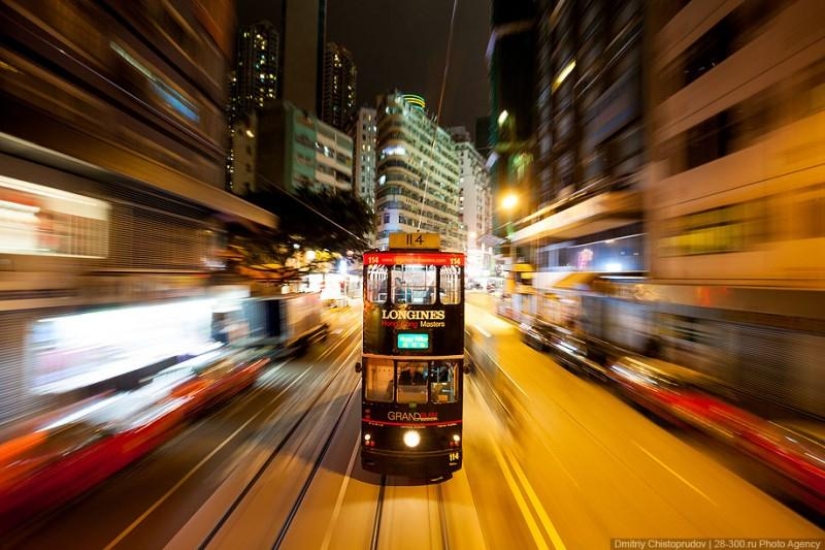
Source: Zhzhurnal/chistoprudov
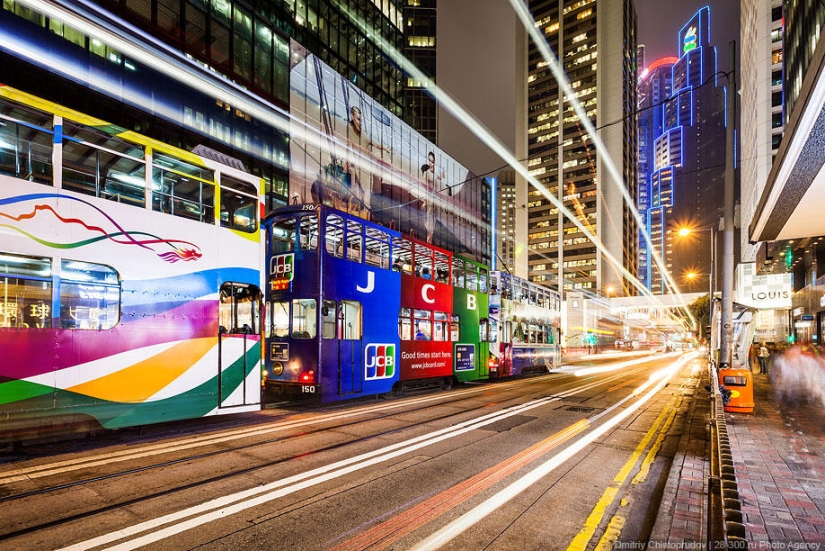
1. The Hong Kong Tram is the only tram system in the world that exclusively uses double deckers.
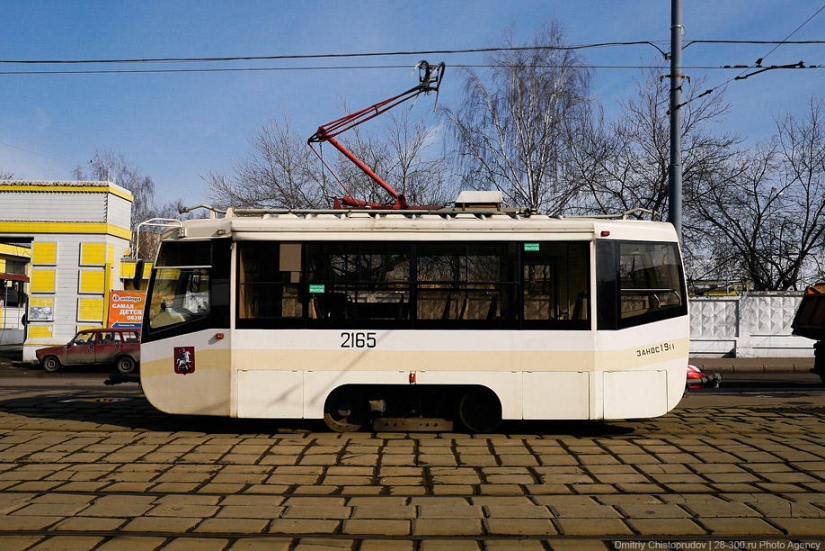
2. Who said that it is impossible to build a tram on one set of wheels?
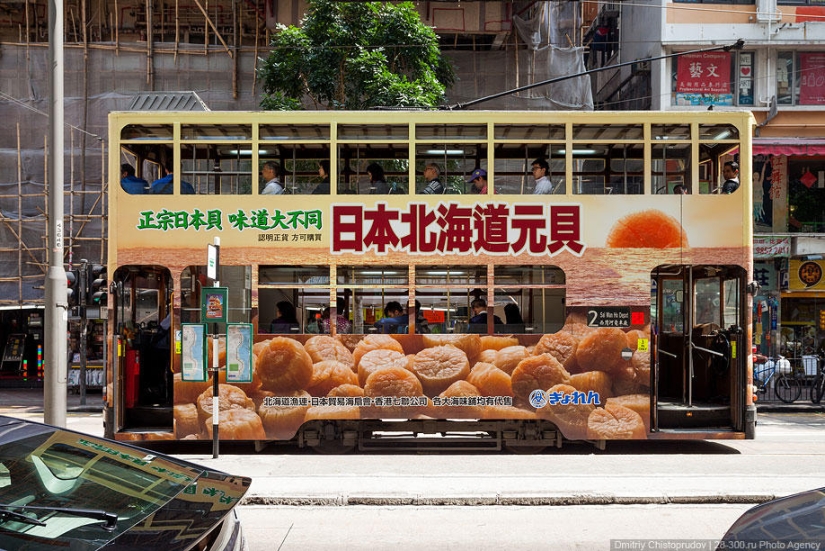
3. As much as possible, and even two-story.
Compared to traditional trams, the double decker has its pros and cons. Pros: — Large passenger capacity with a relatively short length. - Better fare control. - Maneuverability and dynamics are better than y articulated harmonica trams. — Convenience for passengers, as there are more seats.
Cons: - More time for loading and unloading passengers. - Higher operating costs due to more complex design. — The entrance to the upper floor is by stairs, which is inconvenient for the elderly, passengers with prams, and the disabled. - Routes are limited by the size of overpasses, contact network and other obstacles.
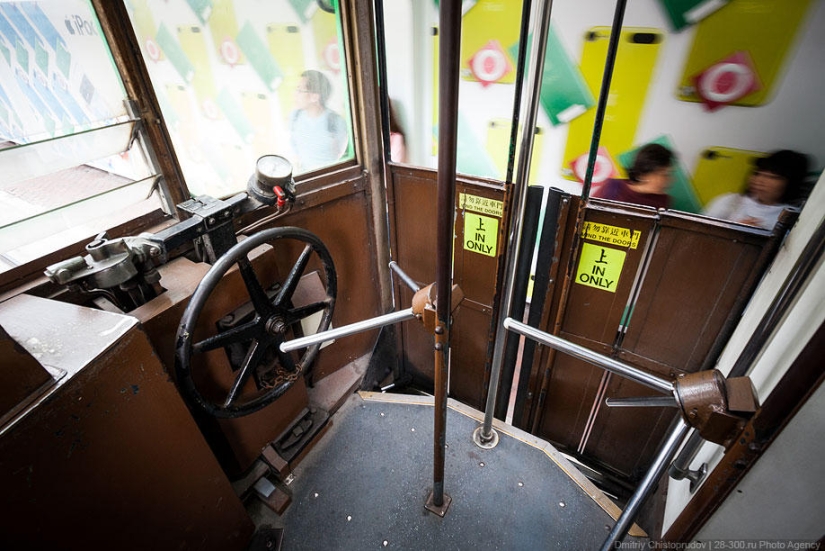
4. The entrance to the tram is through the rear doors. The entrance is quite cramped due to the turnstiles, which (as I understand it) count the number of incoming passengers. There is nothing to do with a wheelchair in a tram.
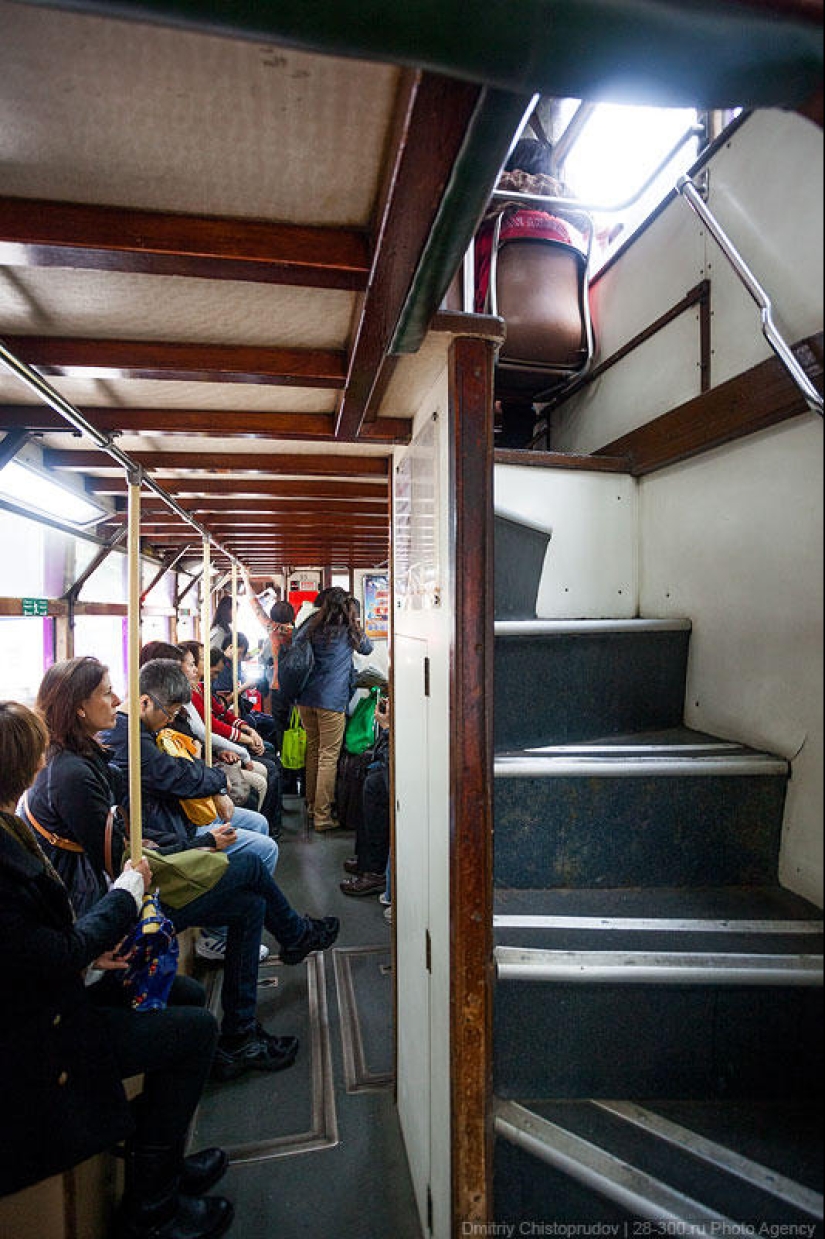
5. Lower "deck" and stairs up.

6. The lower salon is noticeably smaller than the upper one. The seats are facing each other, like in a subway.
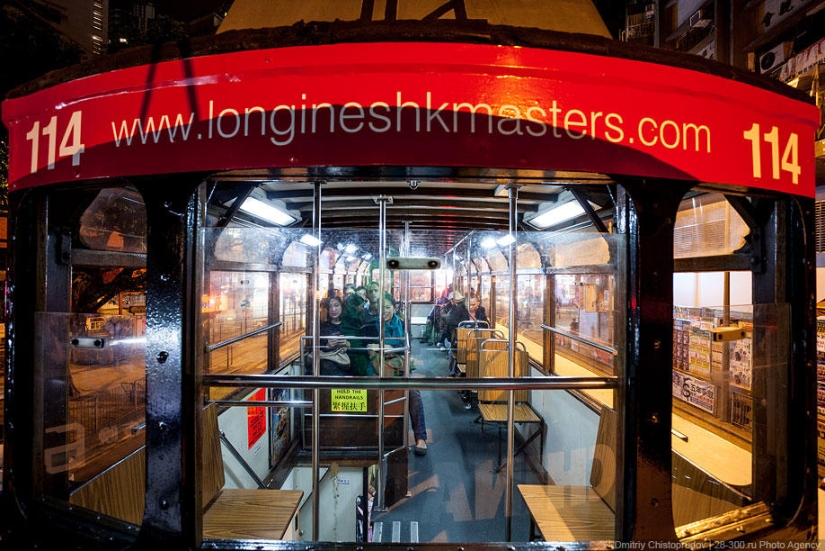
7. The second floor is more spacious. In the middle part of the cabin, the seats are installed in the direction of travel, on the landings there are two "sofas" each. The front and rear windows roll down, allowing photographers to capture the city without reflections.
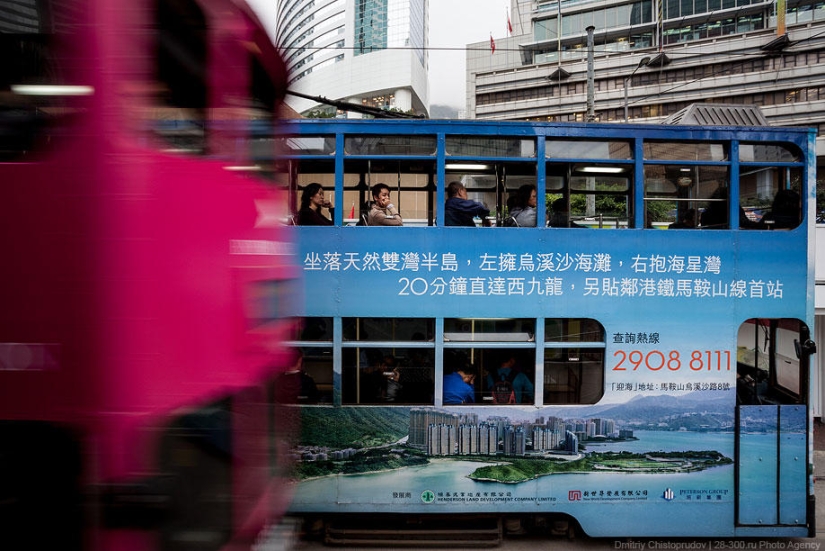
8.
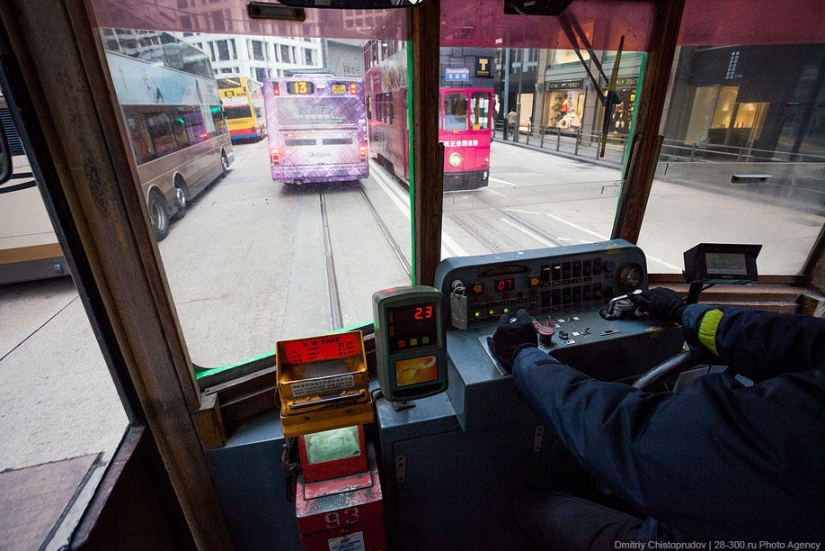
9. Exit is through the front door. At the exit, payment is made by Octopus card or in cash through a special machine that does not give change. The fare is only 10 rubles. For children under 12 years old - 5 rubles. For people aged 65 and over - 4 rubles.
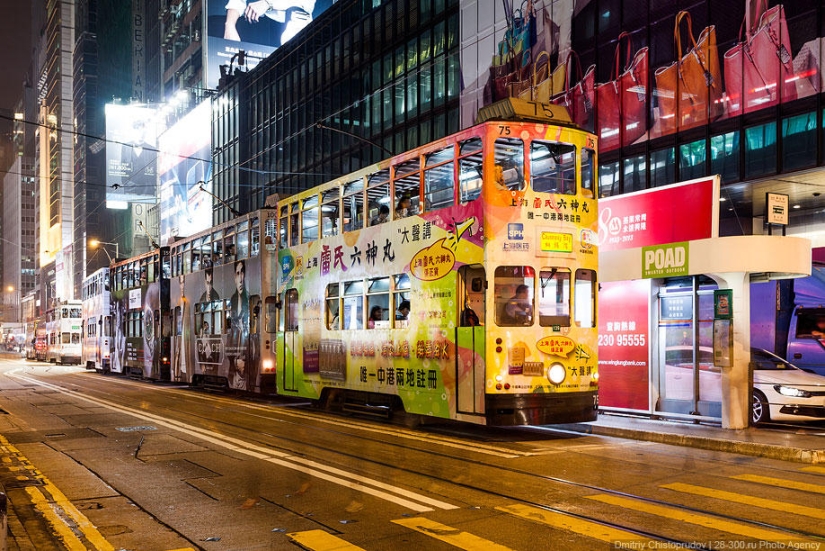
10. All routes pass through the center of the island. Double-deck historical carriages of the 1930s are used as rolling stock. Also in a small number there are modern cars, which, however, completely copy the historical ones. In total, about 160 trams operate on six lines. Only on route 128 there are air-conditioned cars and there are only a few of them.
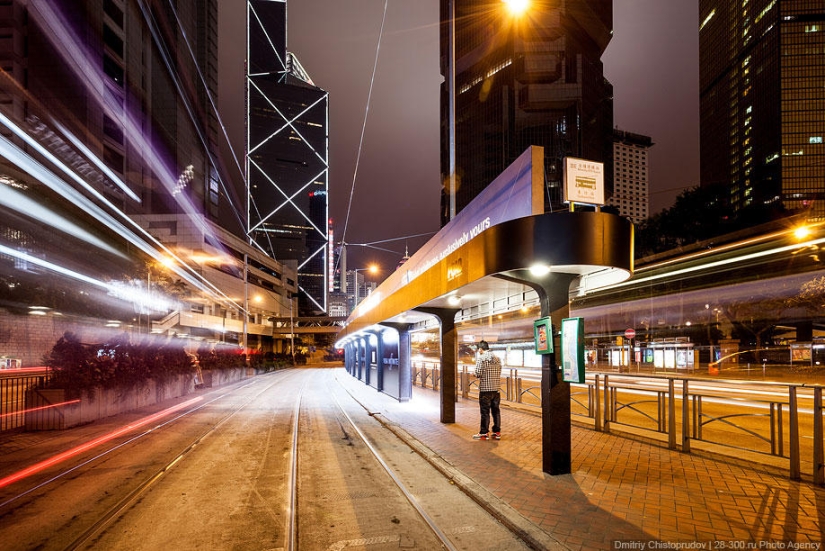
11. Almost all stops are island-type and take up minimal space on the sidewalk. Each has its own lighting. On the roof, in addition to advertising, there are signs with the name of the stop, so that passengers on the upper floor can see where they have arrived.
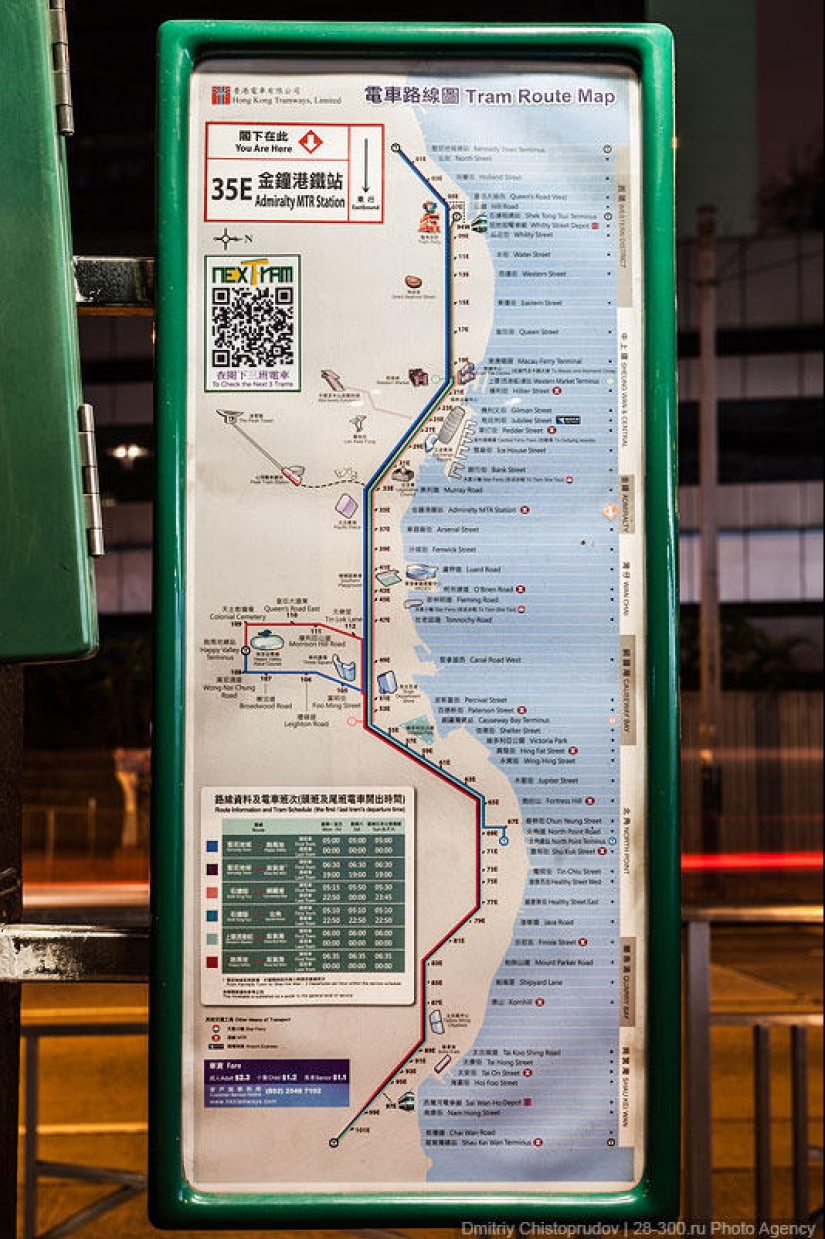
12. The tram line is located on the island between Shau Kei Wan and Kennedy Town with a branch to Happy Valley. The diagram shows the coastline of the island, the main city facilities, metro stations and ferries, as well as the route schedule. By scanning the QR code, you can find out the arrival time of the next three trams and their numbers. Approximate schedule of trams from 5:30 am to 0:30 am.
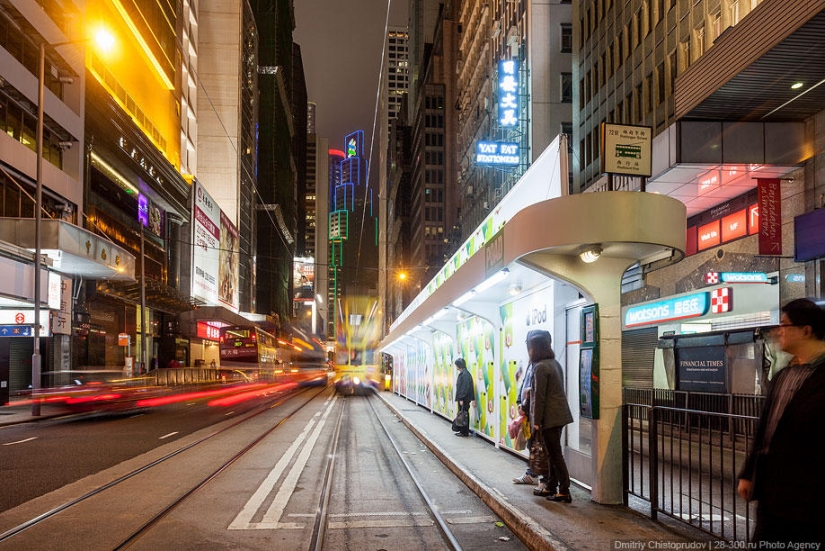
13. This stop is set on a sidewalk just a meter wide. In fact, such a stop is only columns with a roof. The wall is a stretched banner fabric with advertising. There are currently 123 tram stops in Hong Kong.
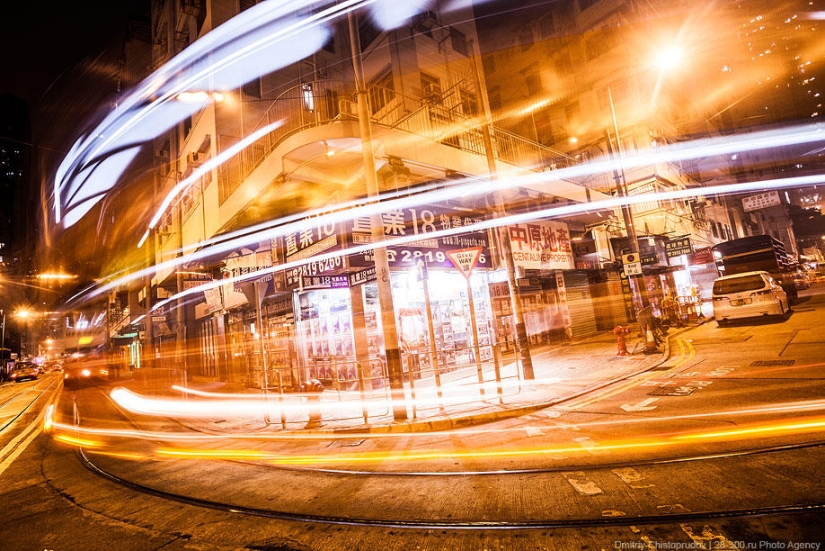
14. The average interval for trams during rush hour is 90 seconds.
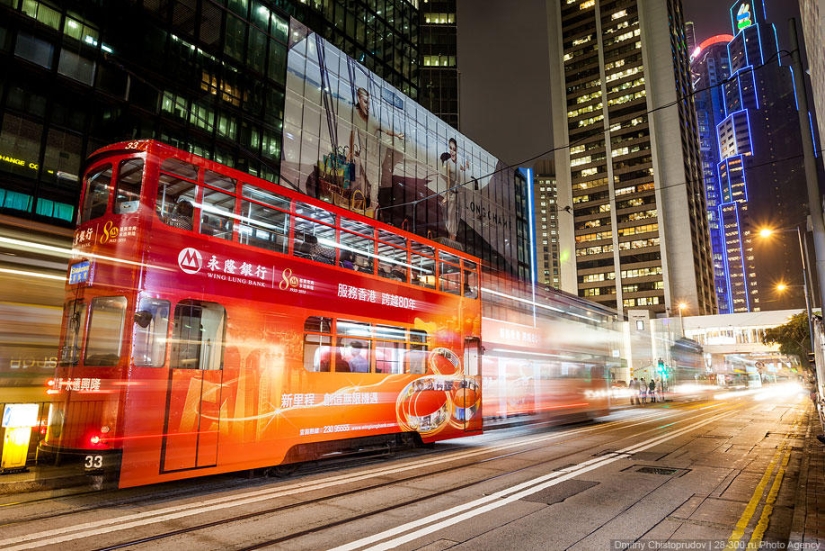
15. Most trams are completely covered with advertisements. Only they don’t get worse from this, unlike our Moscow coloring.
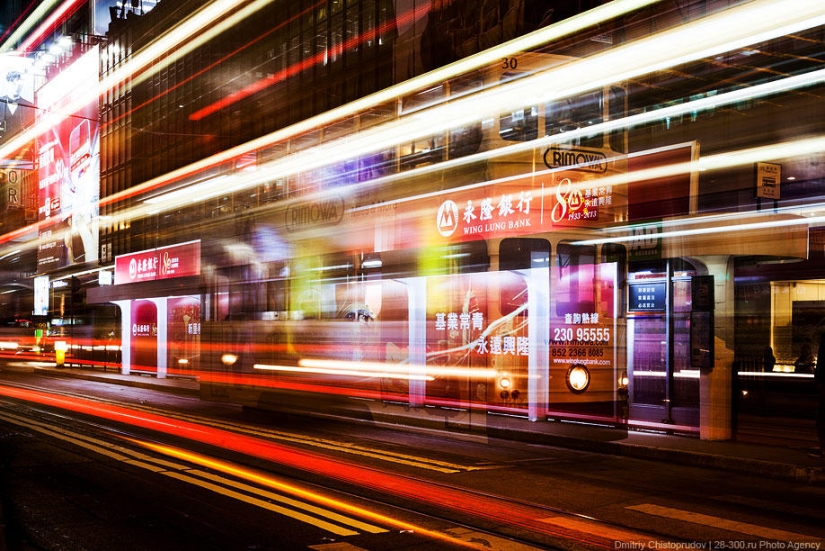
16. The maximum speed of the tram is 40-50 km/h.
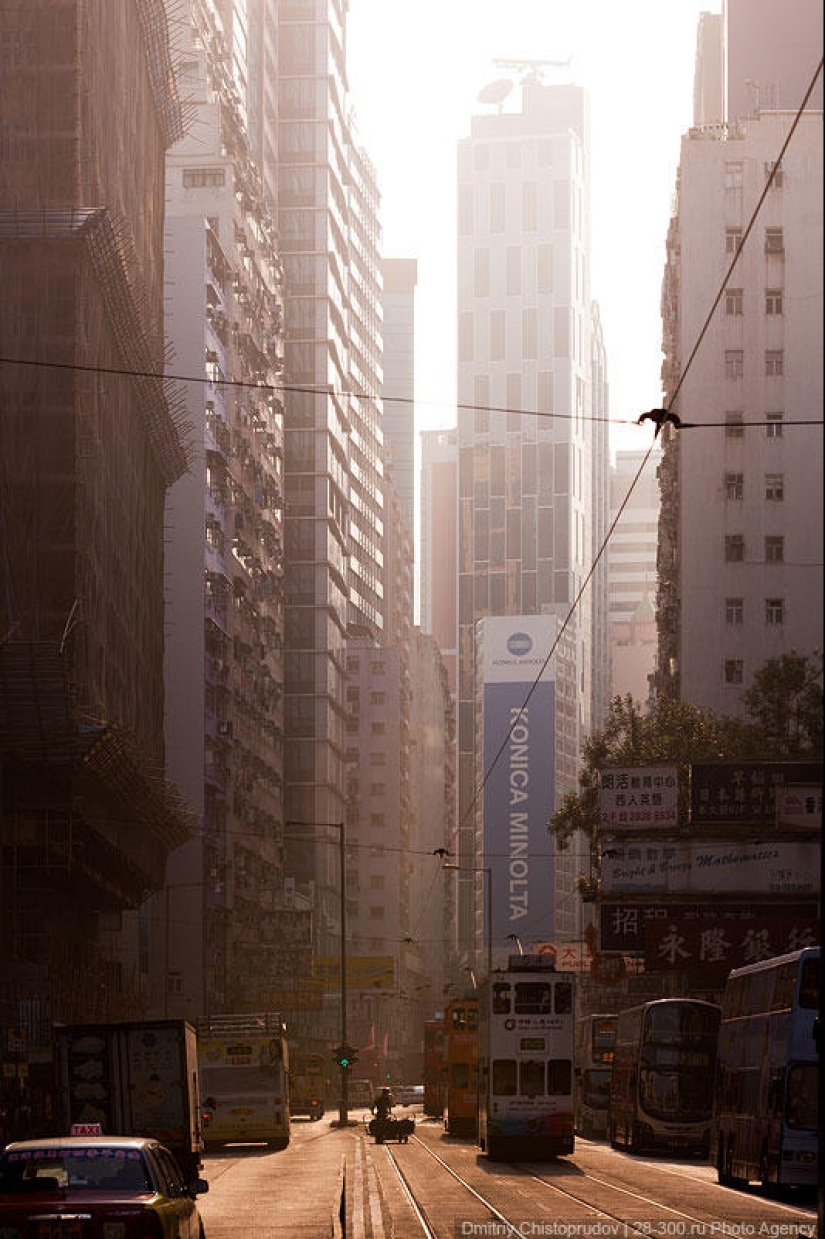
17. Hong Kong trams perform not only a transport function, but are also deservedly a landmark of the city.
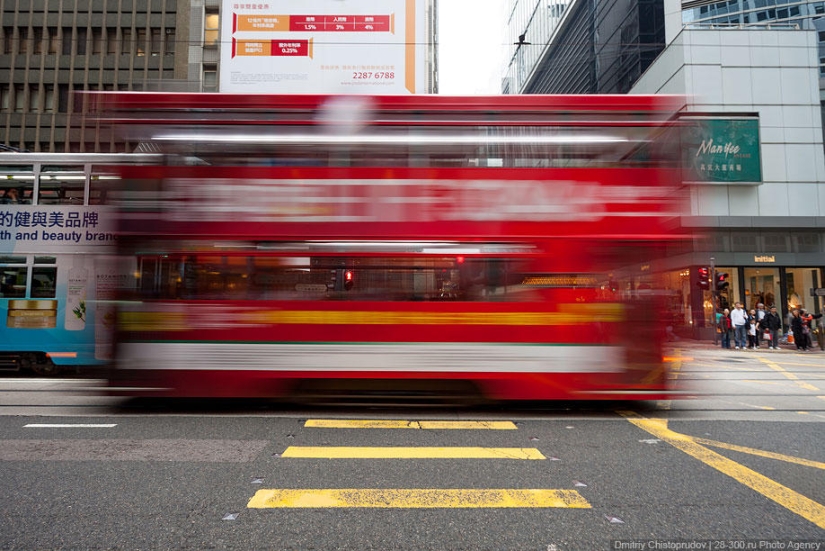
18.
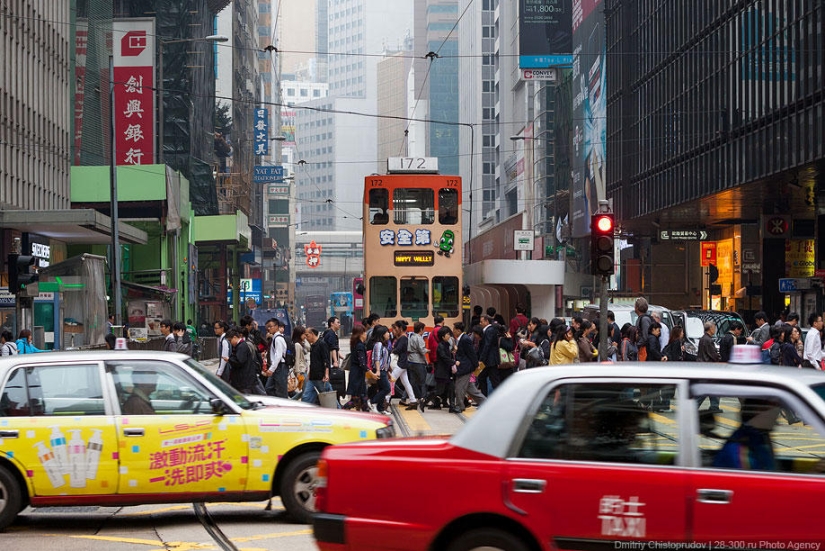
19. Tram stops are located quite close to each other. At a distance of 250-300 meters. Every day, 240,000 people use six tram routes. The maximum number of passengers for one tram is 115 people.
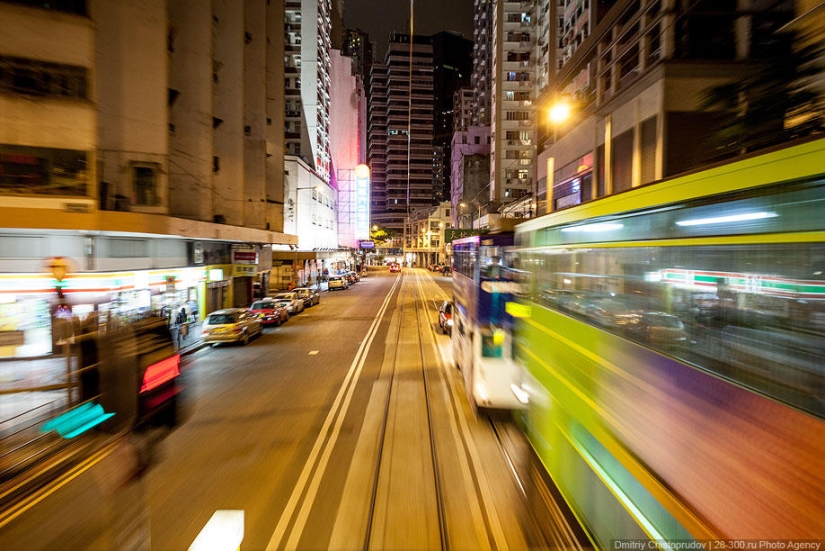
20. Locals lovingly call trams Ding Ding because of the sound of a bell that the driver makes when approaching a stop and when departing.
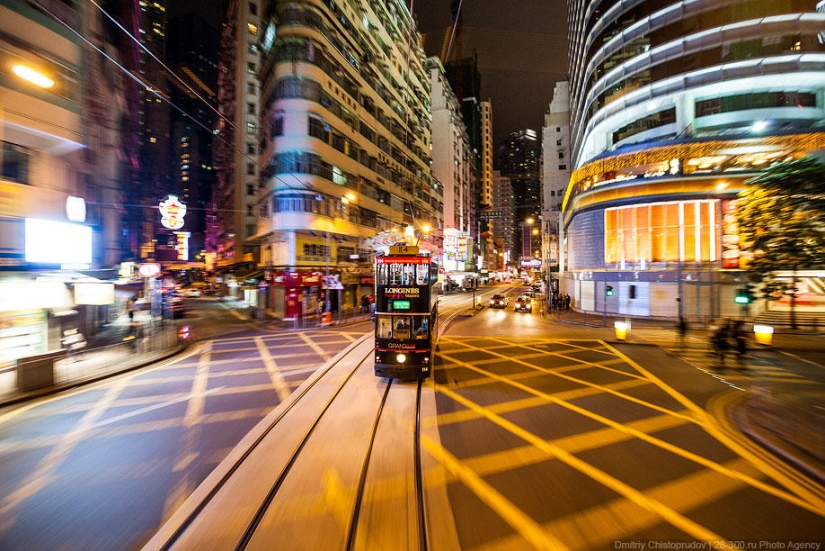
21. If you are in Hong Kong, be sure to take a ride on the second floor through the city at night.
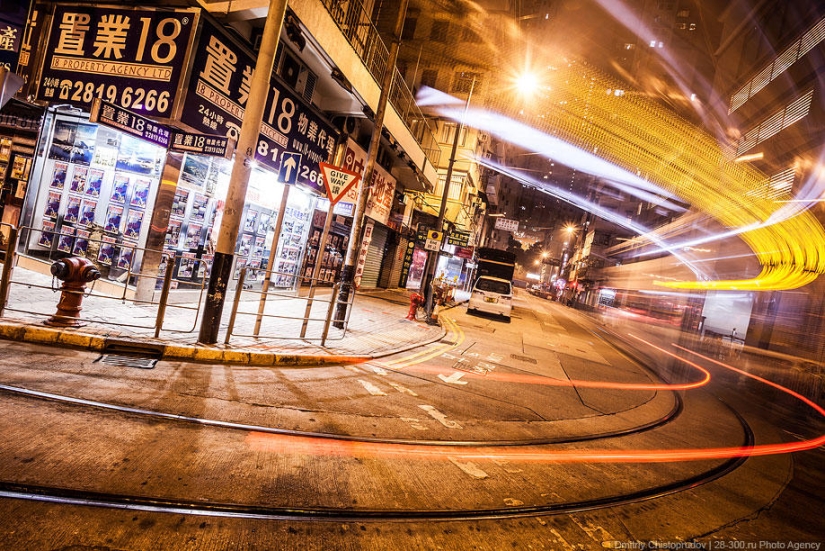
22.
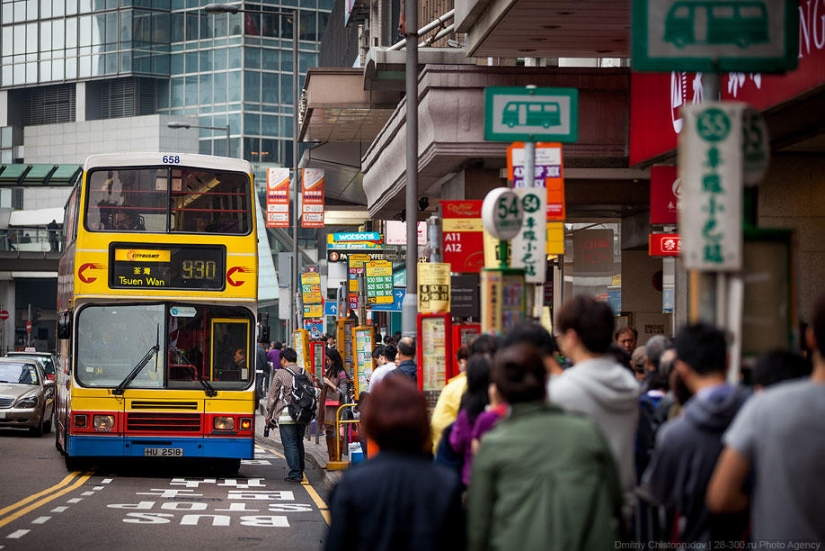
23. A few more words about buses. They are not as interesting as the tram, but they are more comfortable and go all over Hong Kong. On the routes, mainly double-decker rolling stock equipped with air conditioners are used. All routes have a strictly observed schedule, convenient stopping points and a single fare system. An example of a large bus stop for several dozen routes.
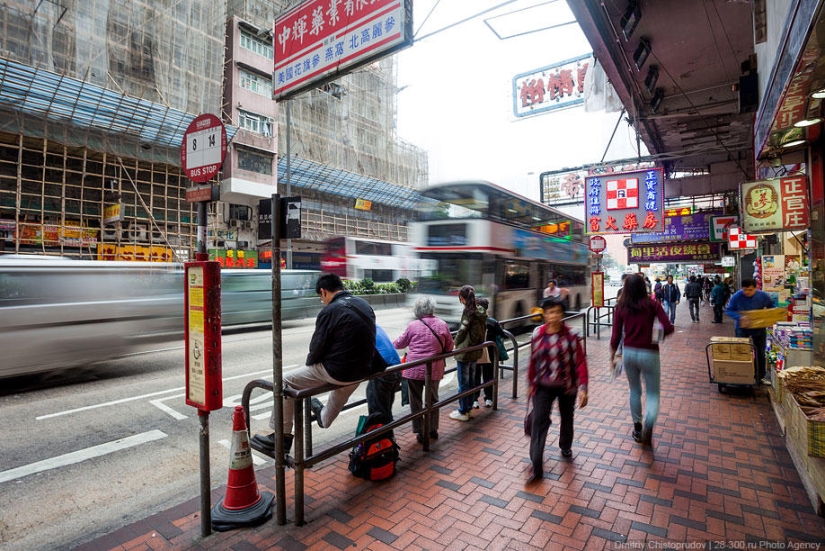
24. To prevent waiting passengers from blocking the narrow sidewalk, special pens were placed at some stops.
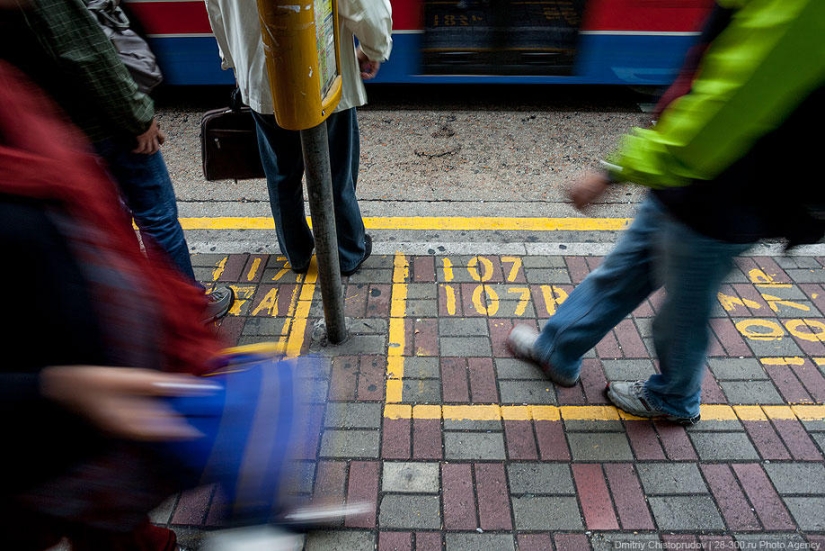
25. Sometimes a stop looks like this. Each room has its own queue.
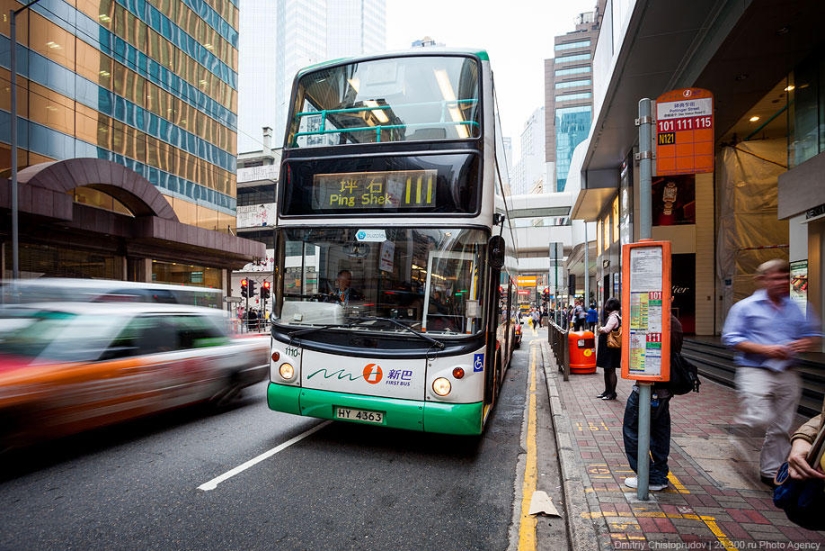
26.
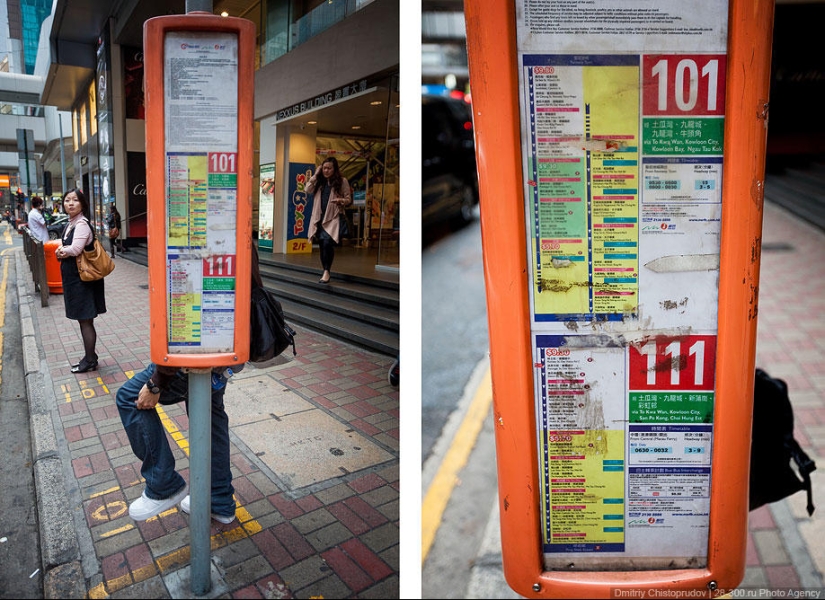
27. These schemes are more difficult to understand. A tourist must know the number of his bus and the name of the stop.
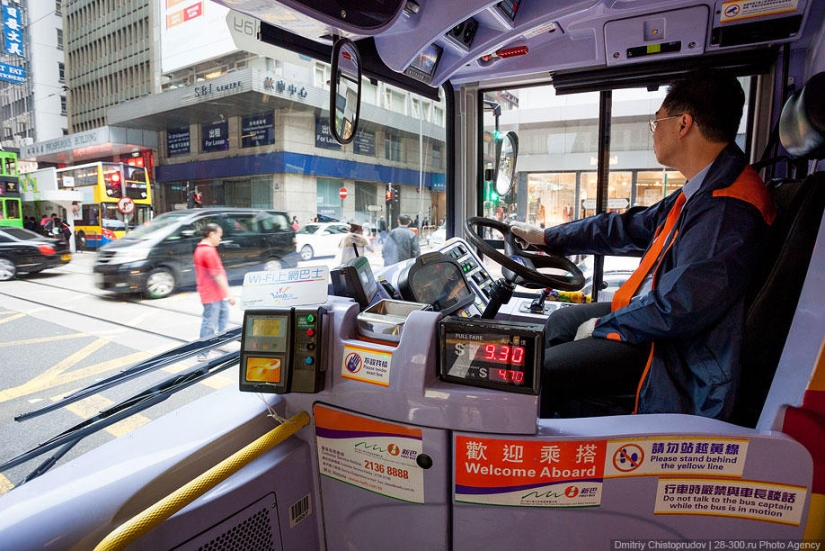
28. Entrance and fare payment is made through the front door. The fare is higher than on the tram and depends on the length of the route. I don't know if the drivers go through an extreme driving course, but they rush around the city at insane speed.

29. Most of the seats are seated. In the central part of the lower floor there is a storage area and a place for attaching a wheelchair. All buses are low-floor. There is free Wi-Fi in the salon.
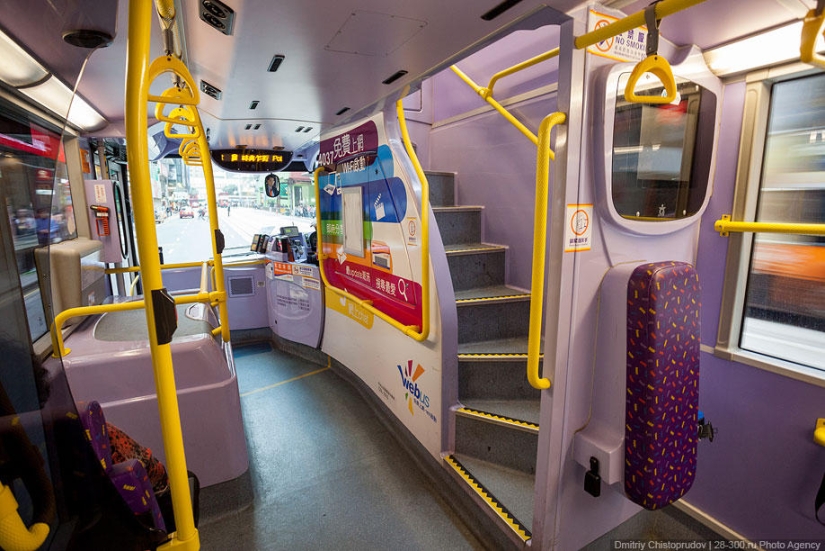
30. The exit is located opposite the stairs to the second floor.
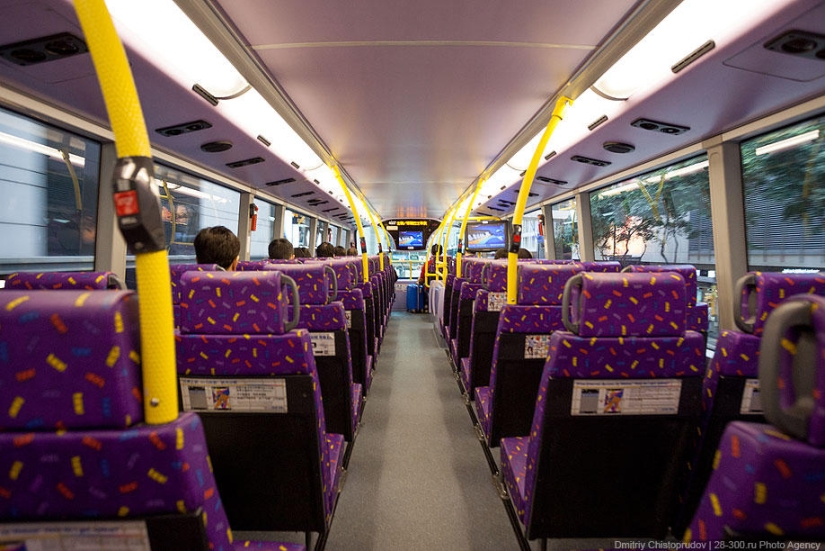
31. Second floor. There is a TV and air conditioning. In total, there are about 600 bus routes in Hong Kong.
Before taking the bus, it is better to study the traffic scheme or ask the locals for the desired route number and the name of the stop. You can safely travel by tram without preparation - there are few routes and they all go along Victoria Bay.
In conclusion, a short video accelerated by 5 times. Pay attention to the number of taxis, and how much faster the trams are the buses.
Keywords: Hong Kong | Tram | Transport
Post News ArticleRecent articles

Jacques-Henri Lartigue (1894-1986) is perhaps the most famous "amateur" in the history of photography. The art world discovered his ...

It turns out that an active lifestyle is useful not only for the body but for the brain. Exercise strengthens muscles and spirit, ...
Related articles

If you have ever complained that there is not enough space for three people in the kitchen in your apartment, then it is better to ...

In the summer, some of our compatriots prefer to fly away from their hometowns. Even those who are afraid to fly. If you are one of ...

Edas Wong likes to wander the streets with a camera. It captures the moments when images in the foreground and background interact ...

Most major companies profanity is not encouraged. It is considered that the profanity — it is a sign of disrespect for ...